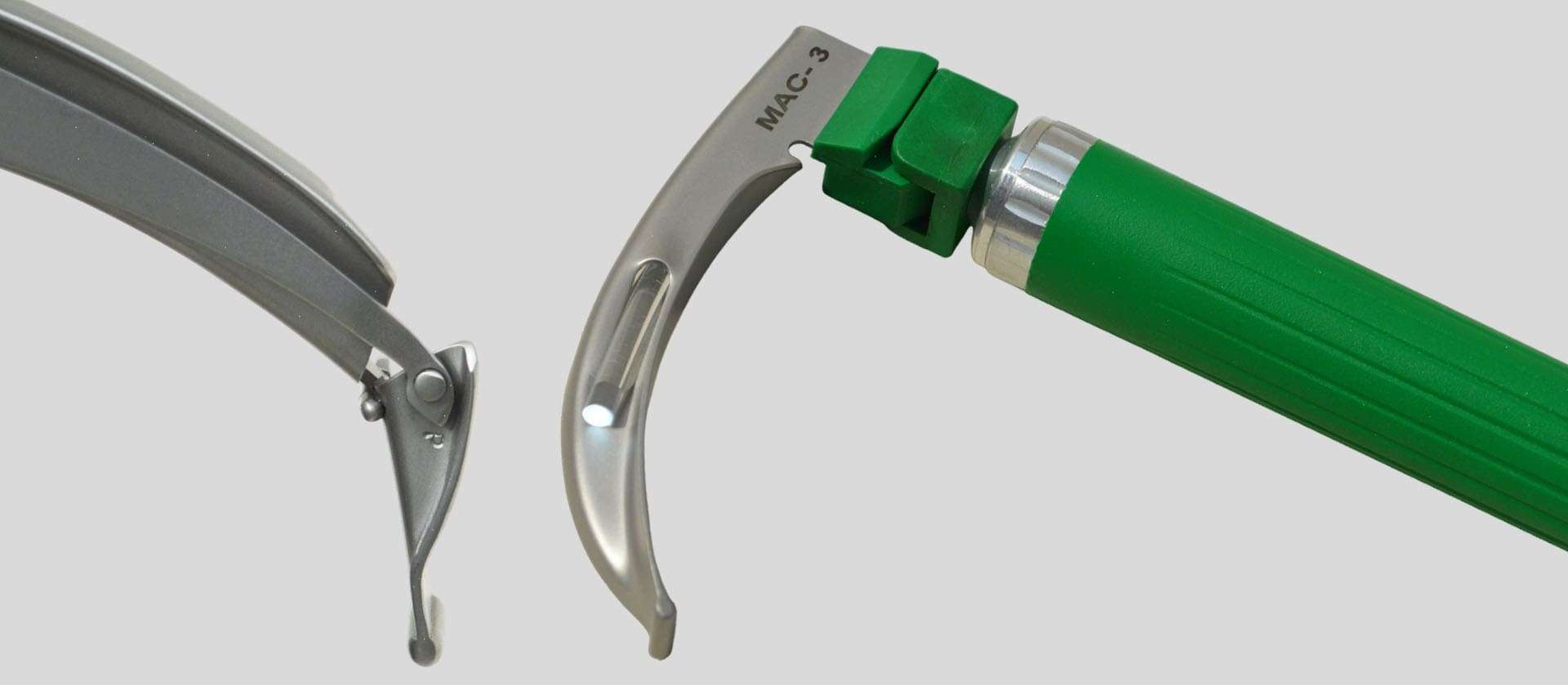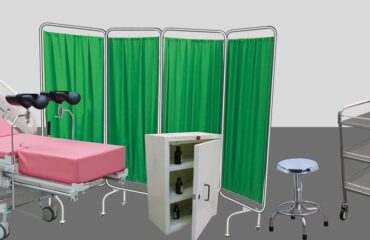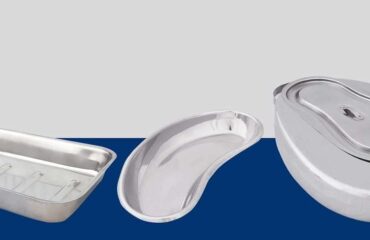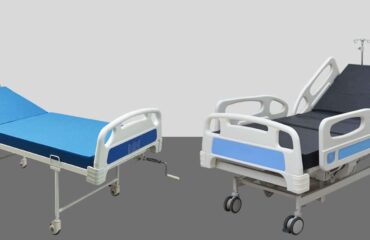Laryngoscopes are medical devices used to view the larynx, which is the structure containing the vocal cords and located at the top of the trachea (windpipe). These devices consist of a handle and a blade. The blade is inserted into the patient’s mouth to lift the tongue and epiglottis, allowing the healthcare provider to visualize the larynx.

There are several types of laryngoscopes, including:
Direct Laryngoscopes:
These are traditional laryngoscopes where the healthcare provider directly looks into the patient’s mouth to view the larynx. Direct laryngoscopes typically have a straight blade or a curved blade (Macintosh blade). The Macintosh blade is the most commonly used type.
Indirect Laryngoscopes:
These types of laryngoscopes use a camera attached to the blade, which transmits images to a screen, allowing the healthcare provider to view the larynx indirectly. Indirect laryngoscopes include:
- Video Laryngoscopes: These have a digital camera at the tip of the blade, providing a clear view of the larynx on a screen.
- Fiberoptic Laryngoscopes: These use fiberoptic technology to transmit light to the larynx and back to the eyepiece or camera.
Flexible Laryngoscopes:
These devices have a flexible fiber-optic cable that can be inserted through the patient’s nose or mouth to view the larynx. They are useful for patients with difficult airways or when a direct view is not possible.
The choice of laryngoscope depends on factors such as the patient’s anatomy, the expertise of the healthcare provider, and the specific clinical situation. Each type of laryngoscope has its advantages and limitations.


